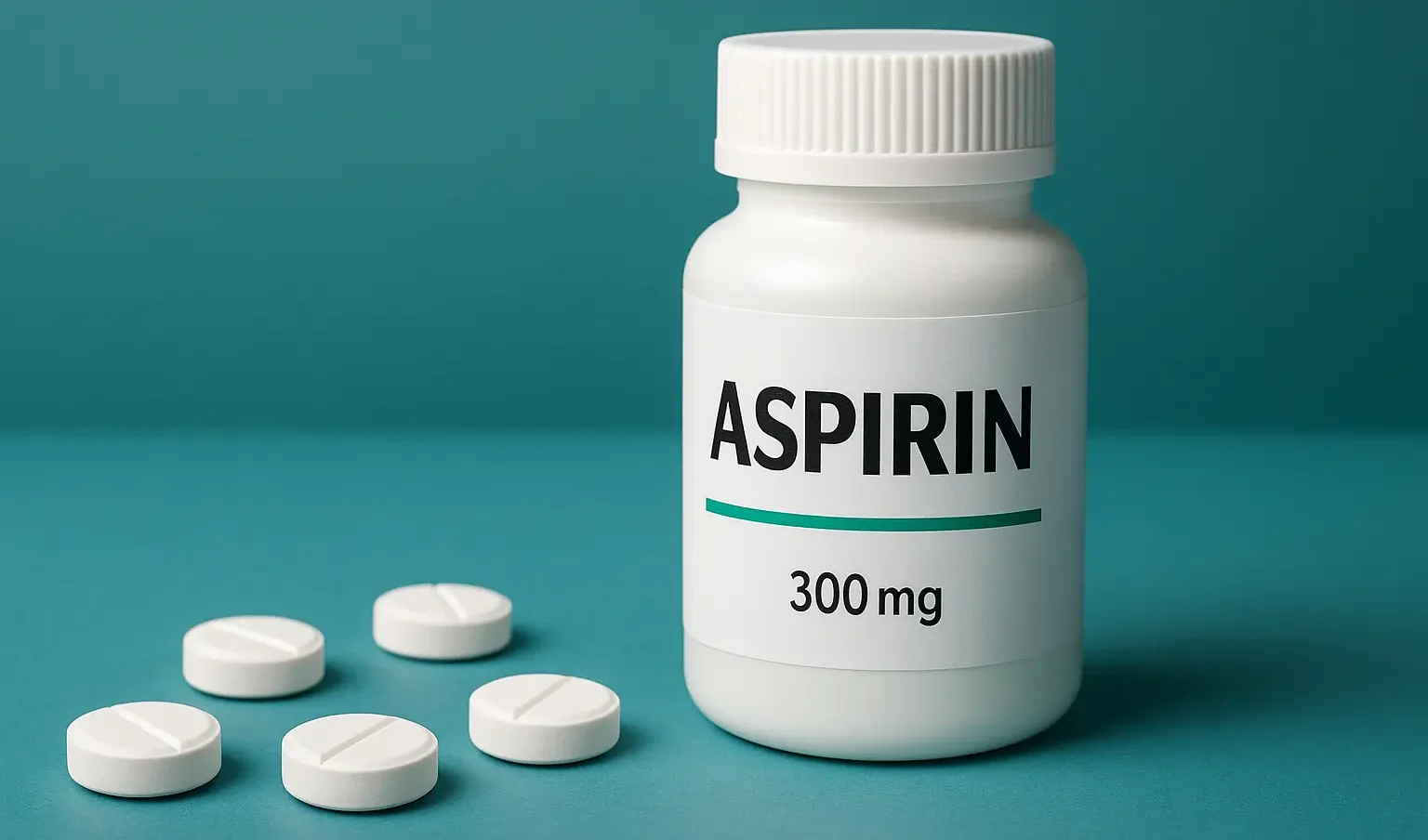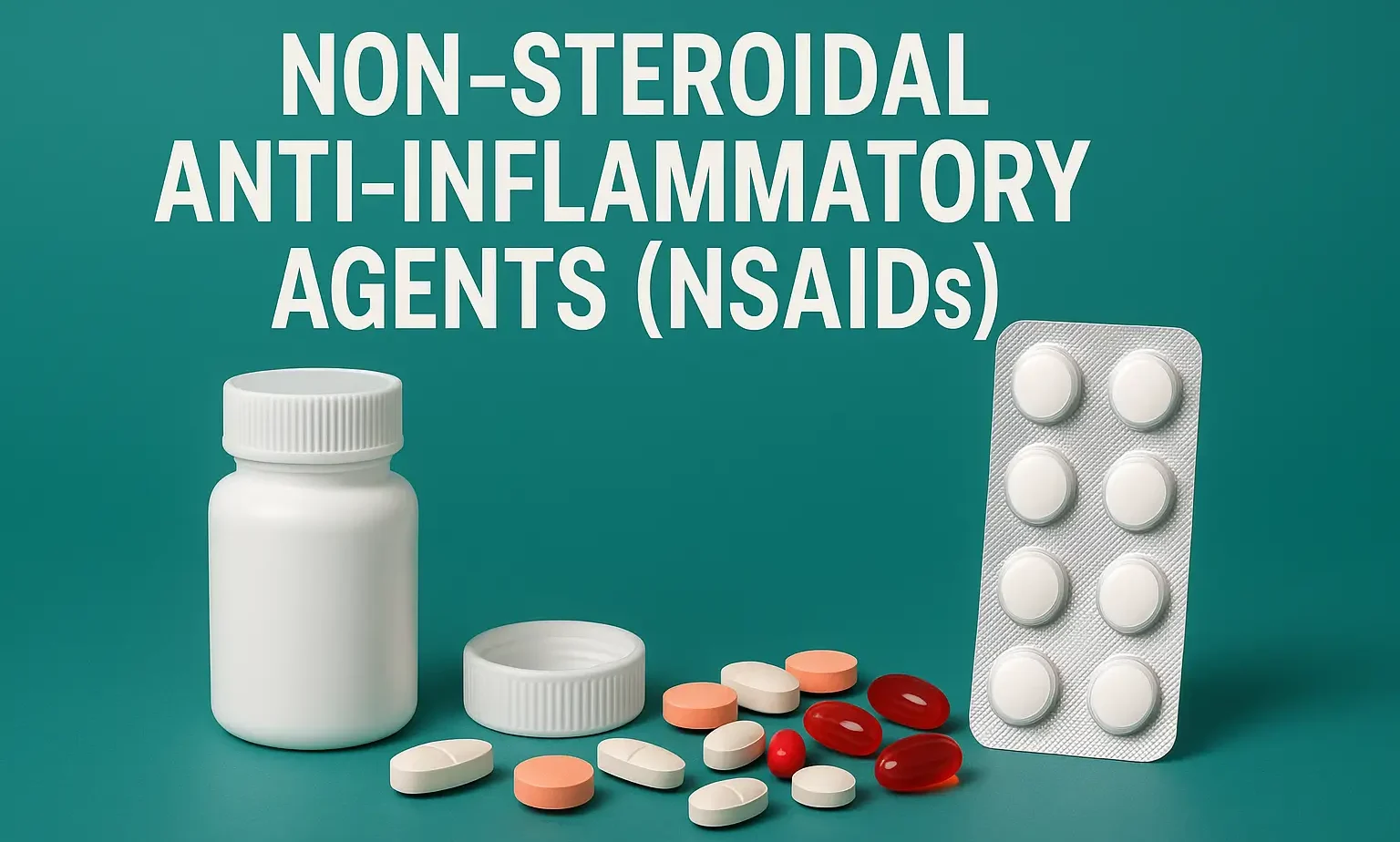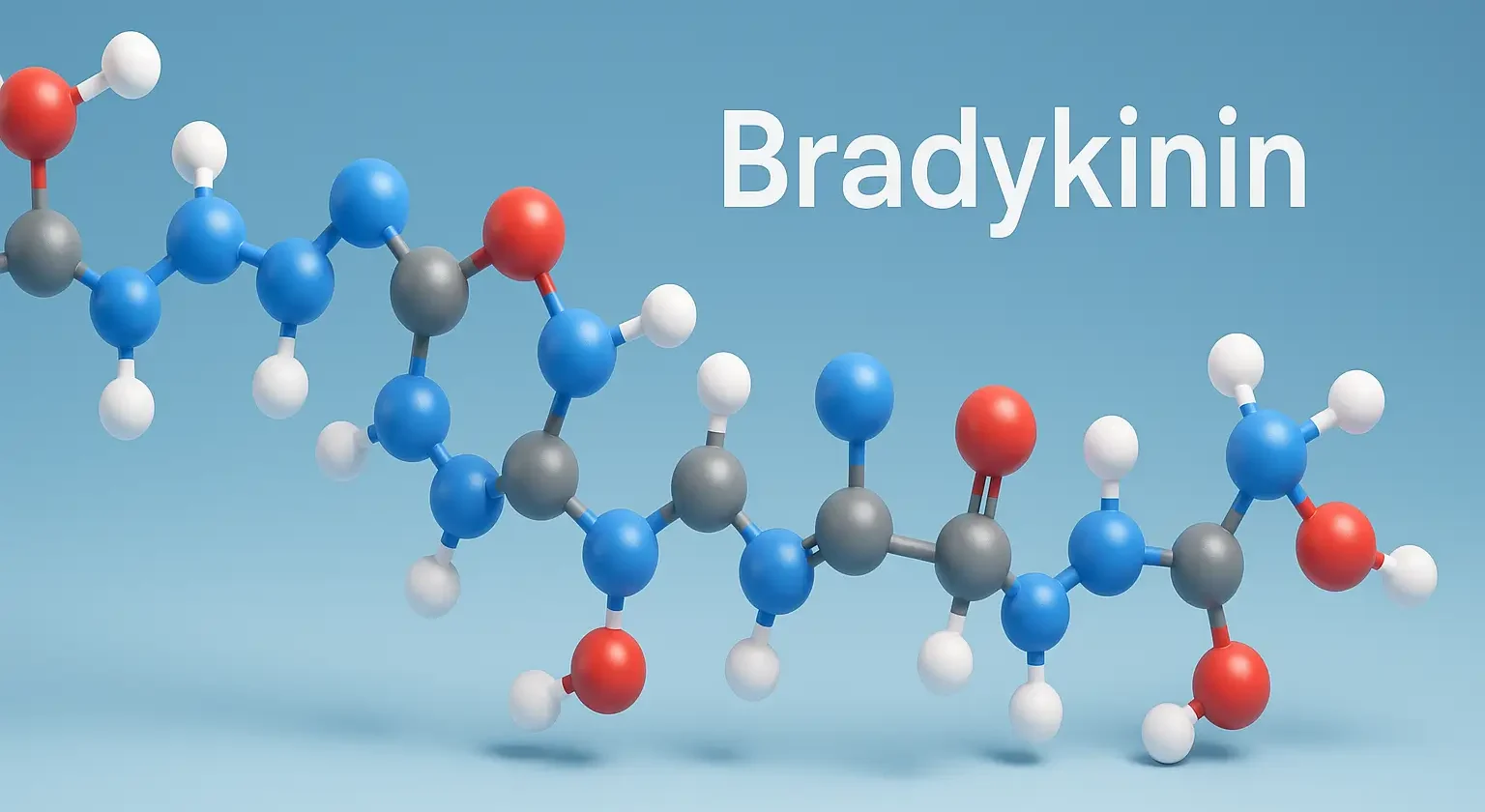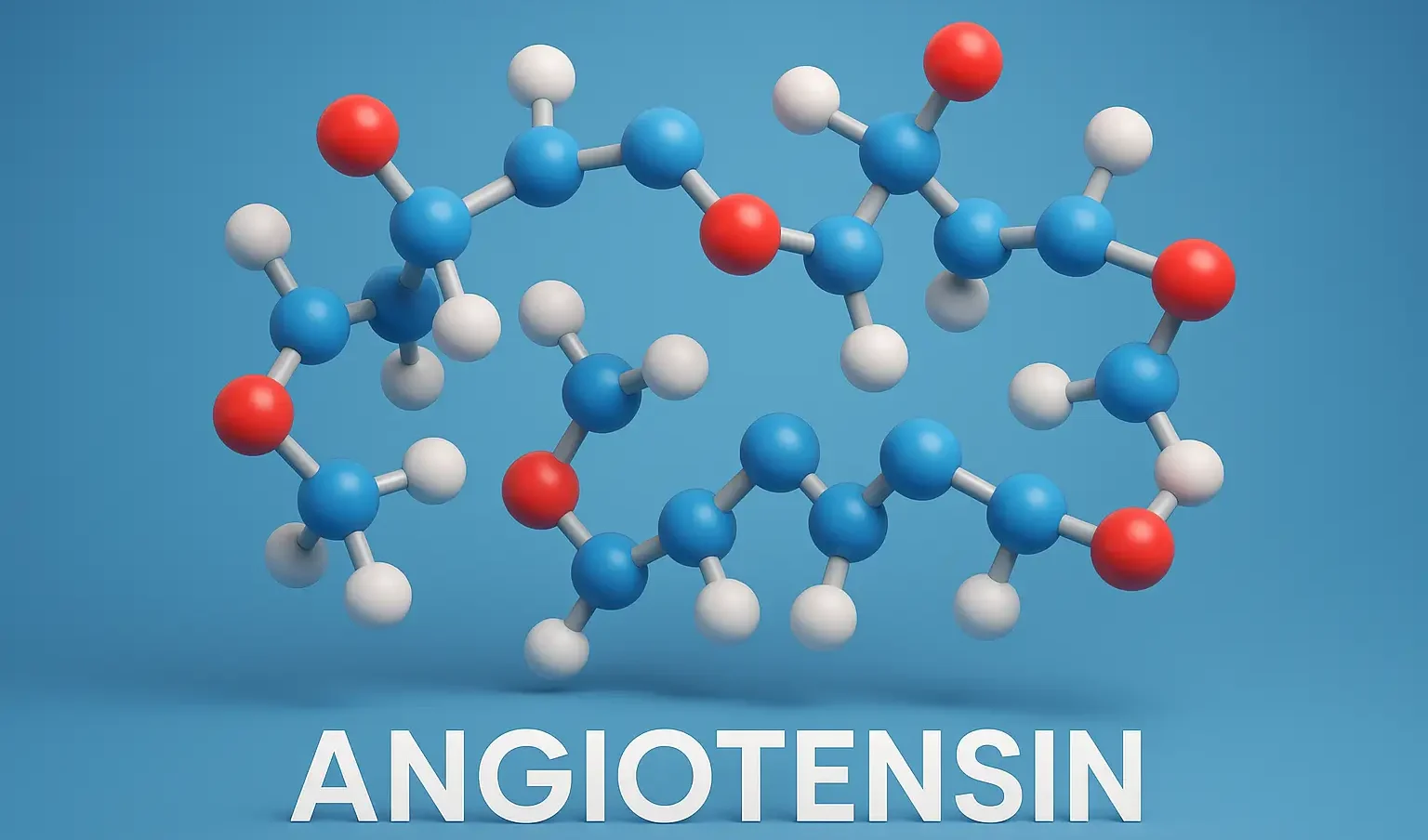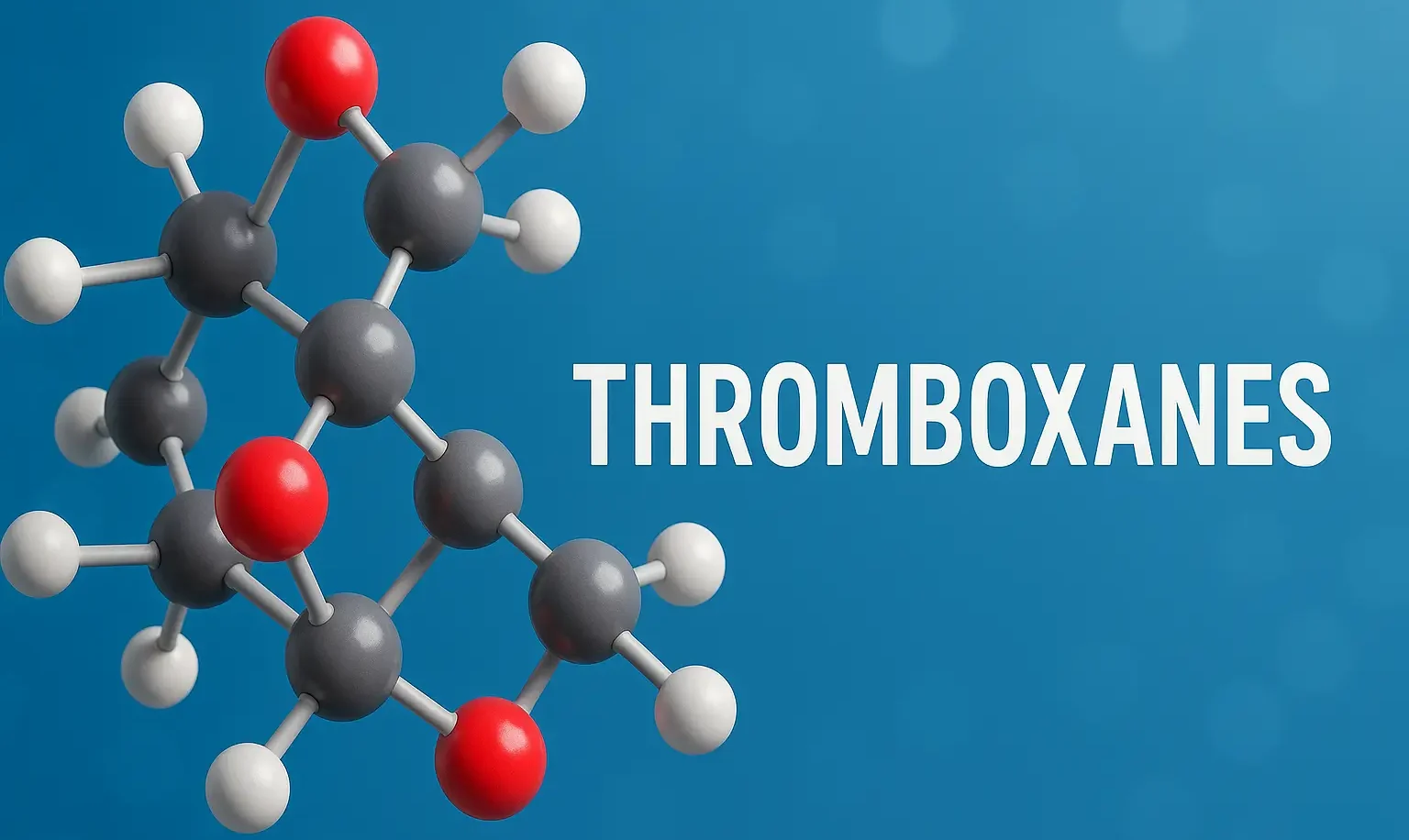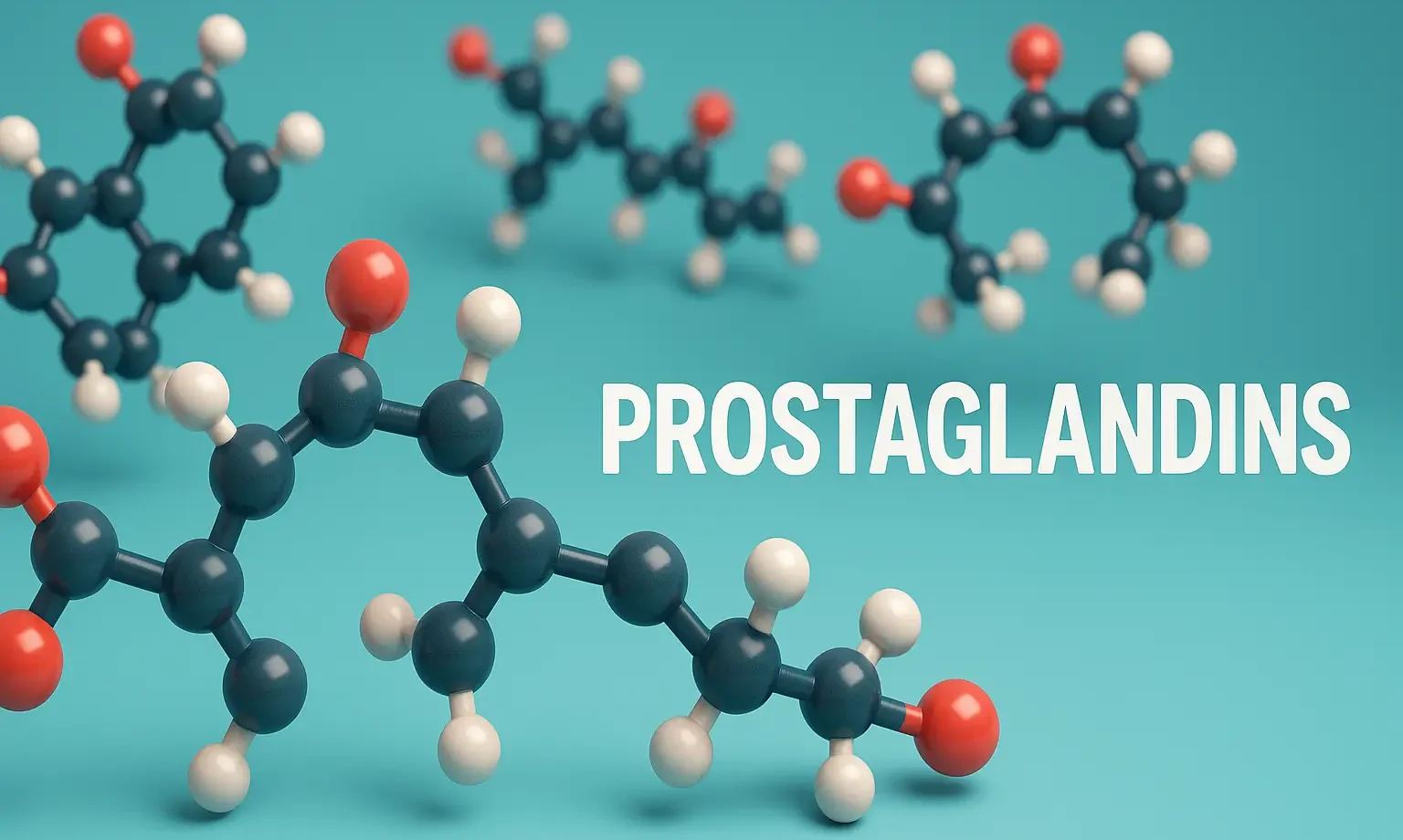Antigout Drugs
Antigout Drugs: Classified as uricosuric agents, xanthine oxidase inhibitors, and anti-inflammatory agents. Gout is a form of inflammatory arthritis characterized by hyperuricemia and deposition of monosodium urate crystals in joints. Antigout Drugs are aimed at reducing uric acid levels and managing acute attacks. Classes of Anti-Gout Drugs Drugs for acute gout: NSAIDs (e.g., Indomethacin, Naproxen) … Read more

